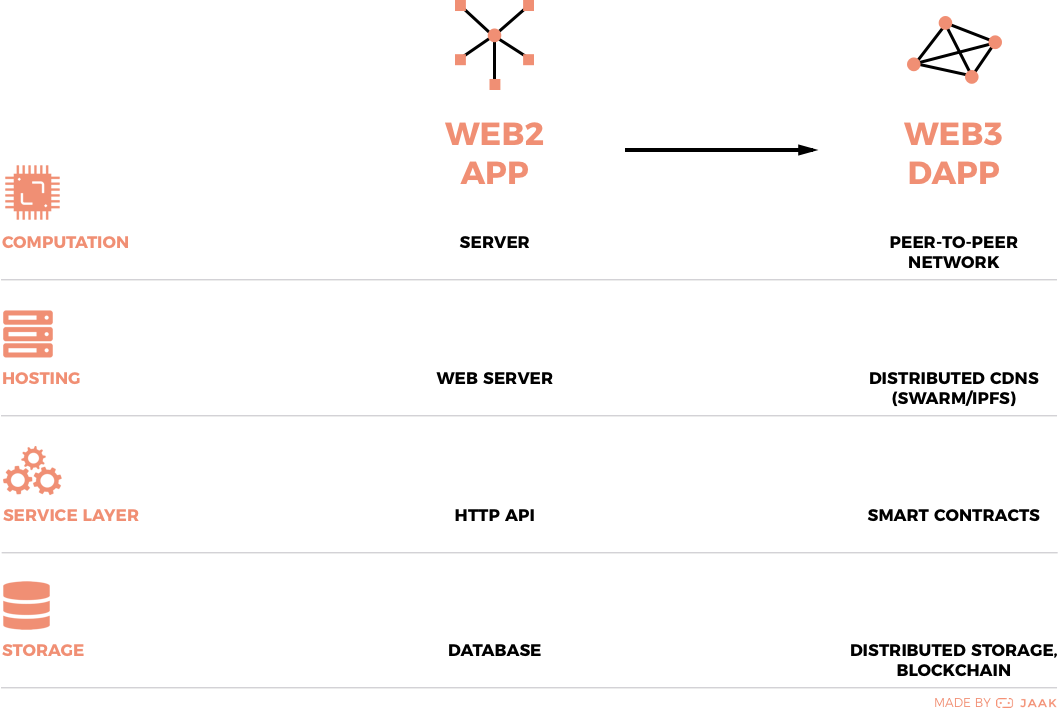On January 3, 2019 Bitcoin will turn 10 years old. In the last 5+ years, Blockchain technology, the decentralized consensus mechanism underlying Bitcoin and other cryptocurrencies like Ethereum, has seen a Cambrian explosion in application development. While the volume, variety and promise of decentralized projects has surged since 2009, the current status of Blockchain ISOs leaves mainstream development open ended.
With today’s news of China developing its own Blockchain Standards, the race to standardize Blockchain technologies has picked up momentum. Here are 3 core use cases that I believe will help operationalize Blockchains and Web3 (the decentralized web) in years to come. What use cases do you have your eye on?
-
- Interoperable Identity Solutions: The global regulatory landscape is evolving. Formalizing decentralized identity management solutions that meet current regulatory requirements (#KYC, #AML, #GDPR, etc.) and enable developers to easily integrate compatible ID solutions across decentralized applications (dApps) will provide a foundation for building interoperable dApps at scale. Self sovereign solutions that empower users to control their own identity data and choose which dApps to share their data with hold promise for interfacing with both permissioned (i.e. private) and permissionless (i.e. public) blockchain services. Here Blockstack, SelfKey Foundation and uPort stand out.
-
- Secure Smart Contract Standards: Today #ERC20 is the most widely used token for developing decentralized applications. In Ethereum we’ve seen a great deal of success as well as security exploits like the 2016 DAO hack and, more recently, the #BatchOverflow bug, which compromised smart contracts and the integrity of entire ERC20 tokens like MESH. Establishing a secure smart contract standard like Agoric and its JavaScript-compatible OCAP layer can assure businesses and dApp users alike that code will execute securely and exactly as it is written. Furthermore, enabling today’s software engineers to code in a common language that’s secure by default and compatible with existing standards will help businesses develop cross functional dApps and smart contracts en masse. Establishing this trust in trustless technology is critical to growing user engagement.
- Seamless UI/UX: Like NCSA Mosaic popularized web browsing in 1993 by giving the #WorldWideWeb a usable graphical user interface, Web3 will also need a simple and intuitive user experience. When Internet Explorerreplaced Mosaic as Windows’ native web browser in 1995, the internet exploded. Today, Brave Software looks promising as an open source privacy-focused browser that upends invasive advertising models by rewarding users who opt-in with #cryptocurrency in exchange for their basic attention. What’s more, Brave Browser lowers the barrier to entry for novice cryptocurrency users by making the user experience familiar and easy to use. Following in the footsteps of the internet revolution, I can imagine a future where computer giants like IBM, Microsoft or Apple start to ship devices with intuitive dApps like Brave pre-installed and usher in the mass adoption of Web3.
In the present climate, where regulations and standards are still shaking out, decentralization is ripe for exploration. What Blockchain initiatives are you excited about? Where do you see the future of Blockchain and Web3 development headed and what’s needed to get there?
[poet-badge]
